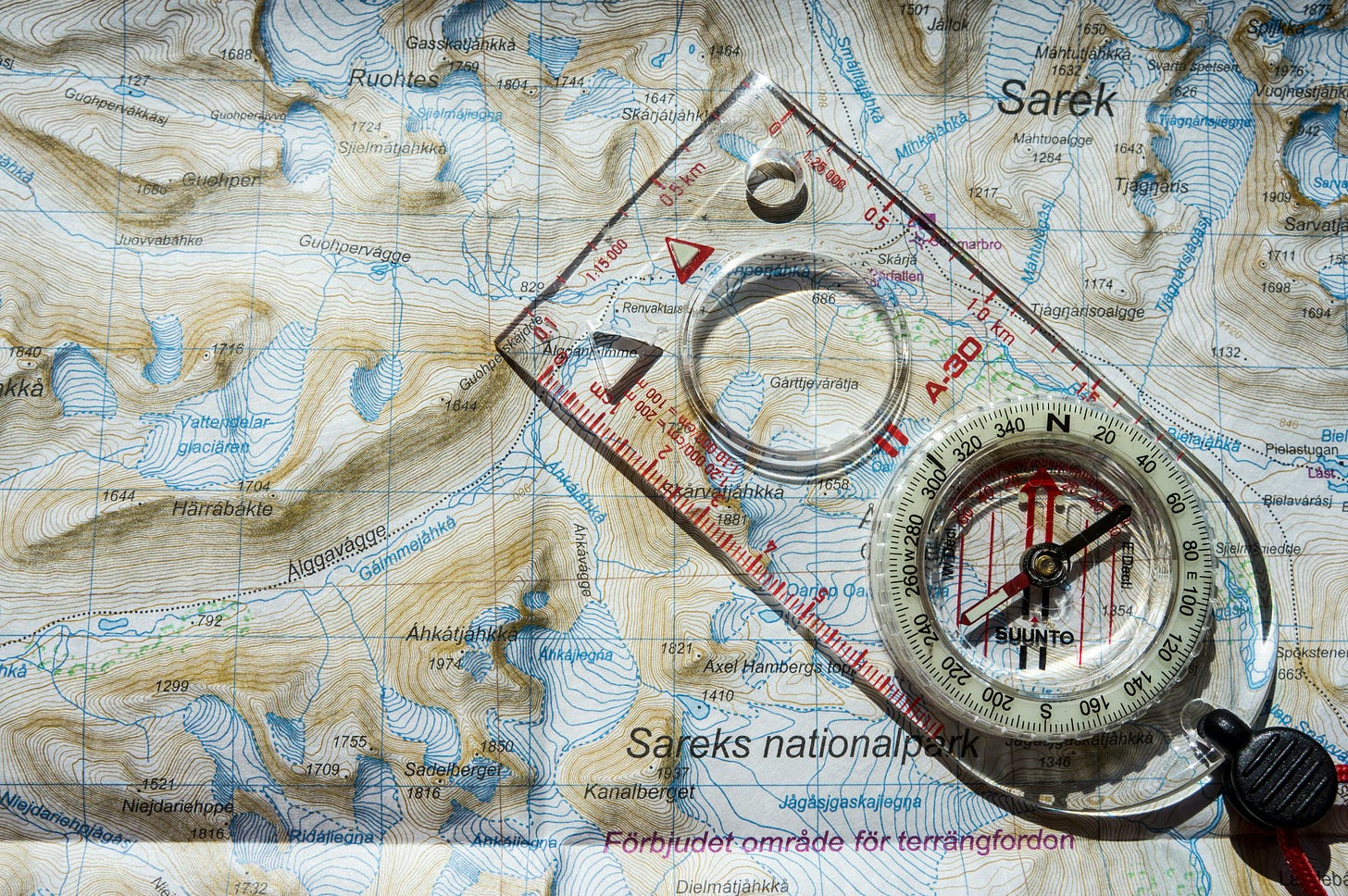Navigating Wicked Problems in a VUCA World

In the ever-changing landscape of service design and innovation, we often find ourselves grappling with complexity. Two key concepts help us make sense of this: VUCA (Volatility, Uncertainty, Complexity, Ambiguity) and wicked problems. Both describe the messy, unpredictable challenges we face in designing for the future—but how do they connect? And what can we do about it?
VUCA: The Nature of Our World
VUCA originated in military strategy but has since been widely adopted in business, leadership, and innovation. It describes environments that are:
Volatile – Things change quickly and unpredictably.
Uncertain – The future is unclear, and past experiences don’t always provide reliable guidance.
Complex – There are many interconnected factors, making it difficult to determine cause and effect.
Ambiguous – Information is incomplete, contradictory, or open to multiple interpretations.
For service designers and innovation leaders, this is the world we operate in daily. Policies shift, user needs evolve, and systemic challenges defy simple solutions.
Wicked Problems: The Challenges We Face
The term "wicked problem" was coined by Horst Rittel and Melvin Webber in 1973 to describe problems that are difficult (or impossible) to solve due to their complexity and interconnectedness. Wicked problems share characteristics such as:
No clear definition
No stopping rule (you never truly "solve" them)
Solutions that create new problems
No single right or wrong answer
Examples of wicked problems include climate change, social inequality, and urban development—all issues where multiple stakeholders have competing interests and where interventions have unintended consequences.
How VUCA and Wicked Problems Intersect
Wicked problems exist within a VUCA world. The uncertainty, complexity, and ambiguity of the environment make these problems even harder to define and address. Let’s look at some key connections:
Uncertainty fuels wickedness – Wicked problems resist clear definitions, and in a VUCA world, the rapid pace of change makes this even worse. As new information emerges, our understanding of the problem shifts.
Complexity amplifies unintended consequences – In complex systems, small changes can have far-reaching and unpredictable effects. Addressing a wicked problem often means dealing with second- and third-order consequences that we can’t foresee.
Ambiguity leads to competing narratives – In ambiguous situations, different stakeholders interpret the problem in different ways. This makes alignment difficult and can create resistance to proposed solutions.
Volatility disrupts long-term strategies – Wicked problems require systemic, long-term approaches, but volatility forces organizations and governments into reactive mode, making it harder to invest in sustainable solutions.
What Can We Do?
While we can’t eliminate VUCA or tame wicked problems completely, we can develop adaptive strategies to navigate them:
1. Embrace Systems Thinking
Rather than looking for linear solutions, approach problems holistically. Map out relationships, feedback loops, and unintended consequences to get a better understanding of the system.
2. Prototype and Iterate
Traditional planning approaches struggle in VUCA environments. Instead, use experimentation—test small interventions, learn from failures, and adapt continuously.
3. Foster Cross-Disciplinary Collaboration
Wicked problems require diverse perspectives. Bring together stakeholders from different sectors, disciplines, and communities to co-create solutions.
4. Develop Future Scenarios
Because the future is uncertain, explore multiple "what if" scenarios to anticipate possible changes and prepare flexible responses.
5. Build Resilience Over Control
Instead of trying to predict and control everything, design for resilience—systems that can absorb shocks, adapt, and thrive in the face of uncertainty.
Final Thoughts
As service designers and innovation leaders, we must accept that there are no final solutions to wicked problems. Instead, our role is to facilitate learning, experimentation, and adaptation in an unpredictable world. By acknowledging the VUCA reality, we can shift from seeking control to building resilience—enabling us to navigate complexity with agility and purpose.
What wicked problems are you currently tackling? How do you deal with the uncertainty of a VUCA world? Let’s continue the conversation.
PS) Exciting Changes Ahead at Facili-station!
Thank you for being part of this journey! Starting in April, Facili-station's content will be available exclusively to paid subscribers. For just $100 per year—less than the cost of a couple of Starbucks coffees each month—you’ll not only access premium facilitation and innovation insights but also receive free coaching, mentoring, and be part of an exclusive professional community.
This is my last free subscriber post.
Your support keeps this platform thriving, and I’d love for you to be part of this next chapter. Join us and continue growing with Facili-station!
— José Manuel Redondo Lopera
I hope this post, made sense and you found it useful.
If “HELL YEAH!”, please like it and share it in social media so more people can get can also benefit from it :-)
I would also appreciate if you subscribe, and give some comments here if you wonder something and want to give me some feedback. I would love to read your input here!
If you have a Substack yourself and like my content, I would love for you to recommend “Facili-station” to your subscribers.
Have a nice one!!
If you need a workshop designer and facilitator to help you or your team to solve challenges, find solutions, make decisions, and to be more effective an perform better and faster, or a trainer to teach your team on how do this, please contact me at jose@facilistation.com
My workshops are designed to provide the structure required to quickly align and move forward with a plan or idea so you can reclaim time, energy and headspace.


